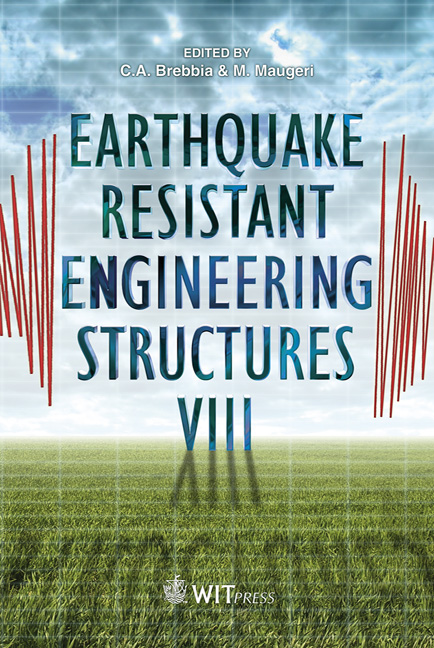Site Effects And Site Amplification Due To The 2009 Abruzzo Earthquake
Price
Free (open access)
Transaction
Volume
120
Pages
12
Page Range
29 - 40
Published
2011
Size
1,743 kb
Paper DOI
10.2495/ERES110031
Copyright
WIT Press
Author(s)
P. Monaco, G. Totani, F. Totani, S. Grasso & M. Maugeri
Abstract
This paper presents the results of numerical analyses carried out to assess the different seismic response of two sites in the urban area of L’Aquila, selected as representative of typical subsoil conditions in the old city centre and in the recently developed suburban Pettino district. Both areas were severely damaged by the April 6, 2009 earthquake. The geotechnical model of the subsoil at each of the two sites and the related parameters, defined based on accurate site investigations, are described. The comparison of results of seismic response analyses at the two sites, in agreement with strong motion recordings of the April 6, 2009 main shock, confirms that site effects due to different subsoil conditions played an important role in the observed non-uniform damage distribution. Particularly in the city centre, characterized by an inversion of the shear wave velocity VS with depth, the simplified approach based on elastic response spectra defined according to ground type (VS,30) of the Italian building code tends to underestimate the seismic action and should be used with caution. Keywords: site seismic response analysis, site effects, L’Aquila 2009 earthquake. 1 Introduction The April 6, 2009 Abruzzo earthquake (ML = 5.8, MW = 6.3) caused considerable damage to structures over an area of approximately 600 square kilometres, including the city of L’Aquila (MCS Intensity I = VIII-IX) and several villages of the middle Aterno River valley. A maximum MCS Intensity I = IX-X was experienced at Onna and Castelnuovo. Even for similar types of buildings the
Keywords
site seismic response analysis, site effects, L’Aquila 2009 earthquake





